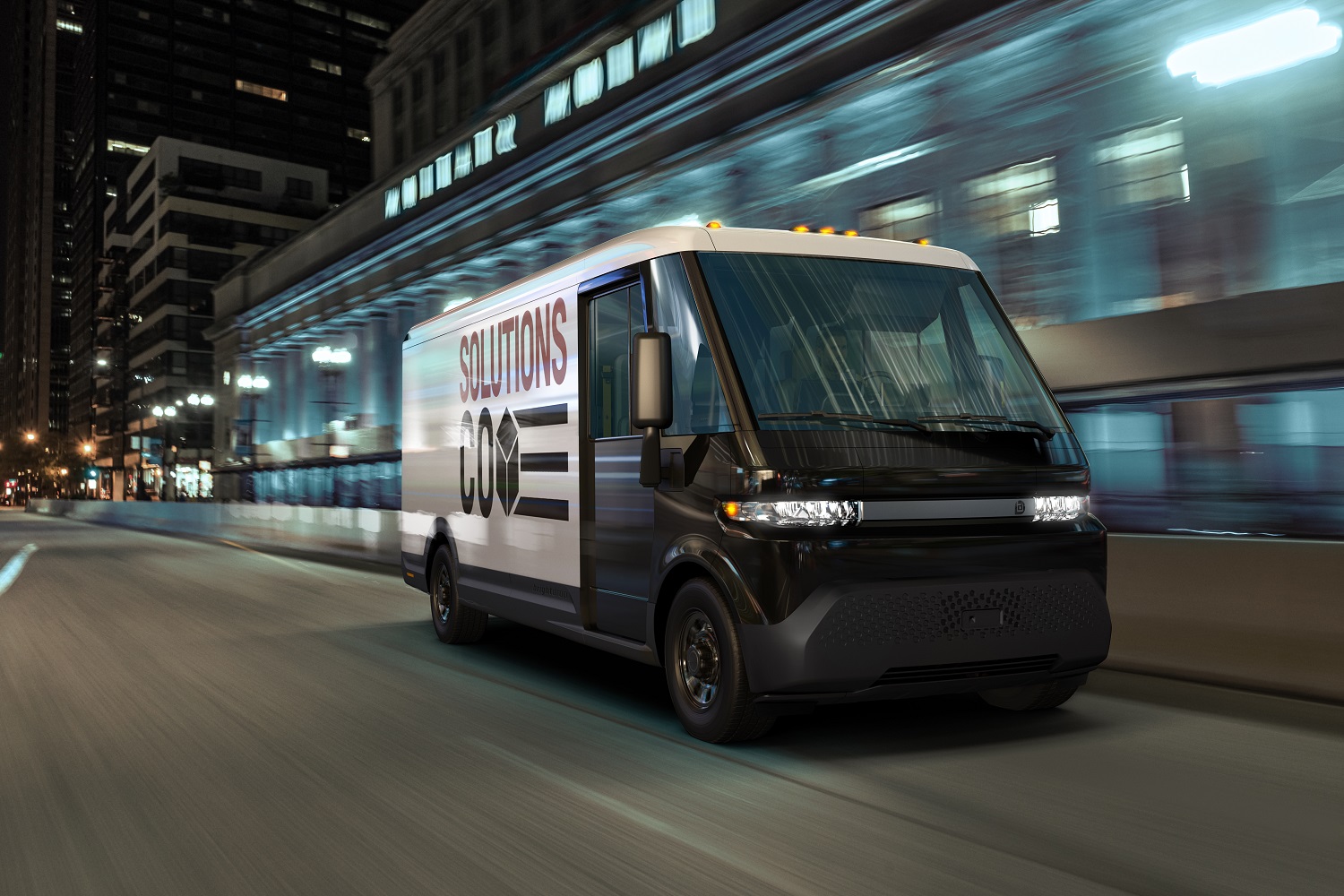Cadillac’s first series-produced EV, the Lyriq, made its debut online in August 2020. Executives hinted it was just the tip of the iceberg, and they kept their promise by announcing more EVs — including one that flies — at CES 2021.
As it electrifies, Cadillac will gradually move upmarket. It will peg the Lyriq on the luxury end of the industry spectrum, and it will reach new heights when it releases a range-topping sedan named Celestiq that will be largely built by hand. The model will be fully electric, it will share battery technology with other electric members of the General Motors family, and it will stand proud as one of the most high-tech models the carmaker has ever released.

While we don’t know precisely what the Celestiq (shown above) will look like yet, Cadillac previewed one of the model’s coolest features at CES 2021. The sedan will offer a four-part glass roof that will give each passenger the ability to dim the panel above them by pushing a button on the center console. All-wheel-drive and four-wheel steering will come standard, too. Additional details about the Celestiq will emerge in the coming months.
Both models will break new ground in the technology department, but neither one will stretch the definition of what a Cadillac should be. One is a sedan, and the other is a crossover. If you want to check out a side of the brand that you’ve never seen, take a look at the flying taxi and the box-like EV briefly introduced during its CES presentation.
Details are few and far between, which suggests that these concepts aren’t getting fast-tracked to production. Cadillac nonetheless pointed out that they’re built using powertrain parts shared with some of the aforementioned EVs, and that they illustrate its vision of how commuting could evolve during the 2020s, in a post-pandemic world.
What about the rest of General Motors?
Cadillac parent company General Motors shared information about some of the other EVs it’s working on. It notably created a business unit named BrightDrop focused on electrifying the commercial transportation industry. Its first two products will be an electric delivery van named EV600 (shown above) that will compete directly against the model that Rivian is developing for Amazon. BrightDrop’s cargo hauler will offer up to 250 miles of range, and the firm has already received a 500-unit order from FedEx. Deliveries are tentatively scheduled to start in late 2021.
At launch, the BrightDrop range will also include an electric storage cabinet named EP1 designed to carry packages. Built with a 200-pound capacity, it was developed to operate in warehouses, but it can also navigate sidewalks.
Editors' Recommendations
- The Maserati GranCabrio Folgore is one of the best-looking EVs yet
- Tech giant reveals nice price for new EV to take on Tesla
- Tesla faces new rival as a tech giant launches its first EV
- 2024 Chevrolet Equinox EV: price, release date, range, and more
- Honda previews future EV lineup with Zero Series concepts








